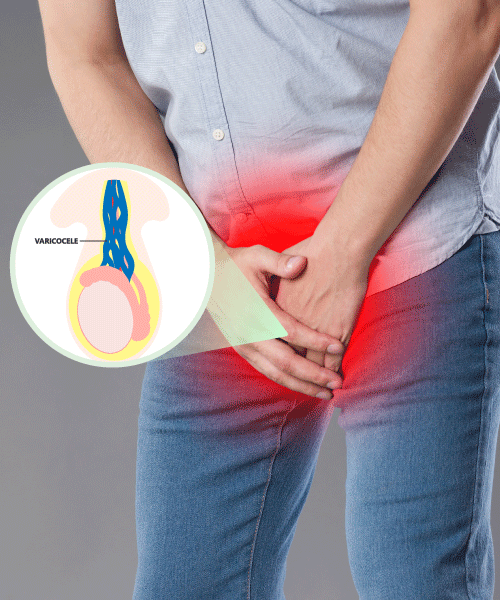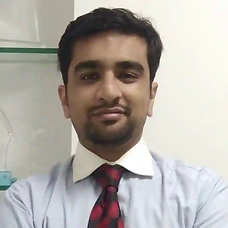Varicocele Treatment
Are you seeking reliable and advanced varicocele treatment? Look no further than The Vascular Center, where we specialize in providing cutting-edge varicocele embolization procedures. Our skilled team of experts is dedicated to delivering exceptional care and optimal results for patients dealing with varicoceles.
Understanding Varicocele and Its Impact
Varicocele is a common condition characterized by the enlargement of veins within the scrotum. It often leads to discomfort, pain, and fertility issues. If left untreated, varicoceles can result in complications such as testicular atrophy and impaired sperm production. Seeking prompt medical attention and exploring effective treatment options is crucial to prevent further complications.
- Causes: Varicoceles develop when the veins inside the scrotum become enlarged due to faulty valves, leading to a backup of blood flow.
- Symptoms: Common symptoms of varicoceles include discomfort, pain, swelling, and a lump-like feeling in the scrotum. Some individuals may also experience fertility issues.
- Risk Factors: Certain factors increase the risk of developing varicoceles, including genetics, hormonal imbalances, and increased pressure in the veins.

Comprehensive Varicocele Treatment Options
At The Vascular Center, we offer a comprehensive range of varicocele treatment options tailored to meet your unique needs. Our renowned team of vascular specialists employs state-of-the-art techniques to ensure safe and effective outcomes. Among the advanced treatments we provide, varicocele embolization stands out as a minimally invasive procedure that offers several advantages over traditional surgical approaches.
Why Choose Varicocele Embolization?
Varicocele embolization has emerged as a highly effective alternative to surgical intervention for varicocele treatment. This minimally invasive procedure involves the insertion of a small catheter through a tiny incision, allowing precise access to the affected veins. The catheter is guided to the varicocele site, and a special embolic material is used to block the abnormal veins, rerouting blood flow to healthier pathways. Varicocele embolization offers several benefits, including:
Minimally Invasive
Unlike traditional surgery, varicocele embolization requires only a small incision, resulting in less scarring and a quicker recovery time.
High Success Rate
The procedure has demonstrated excellent success rates in relieving pain, improving fertility, and minimizing the risk of complications.
Outpatient Procedure
Varicocele embolization is typically performed on an outpatient basis, allowing you to return home on the same day and resume your regular activities quickly.
Reduced Recurrence Risk
By addressing the root cause of varicoceles, embolization significantly reduces the likelihood of varicoceles recurring in the future.
Trusted Varicocele Treatment
When it comes to your health, choosing a trusted and experienced medical center is paramount. At The Vascular Center, we take pride in our exceptional track record of delivering top-notch vascular care. Our team comprises highly skilled specialists who prioritize patient comfort, safety, and successful outcomes.
Contact Us for Varicocele Treatment
Don’t let varicoceles hinder your quality of life or fertility aspirations. Take the first step towards effective treatment by scheduling a consultation at The Vascular Center. Our knowledgeable team will assess your condition, discuss treatment options, and guide you towards the best course of action. Regain your comfort and confidence with our advanced varicocele treatment solutions.
Reach out to The Vascular Center today to book your appointment and embark on your journey towards improved well-being. Trust us to provide superior varicocele treatment in Aurangabad, ensuring optimal results and enhanced quality of life.
Our Team of Experts
Testimonial
Wonderful experience with (century multispecility hospital). Dr. (Amol lahoti ) was a wonderful surgeon, and the staff was always helpful and kind. They ensured I had a smooth prep, surgery, and follow-up. I am so glad I chose (century multispecility hospital) and would highly recommend to anyone.
Your kindness, sincere caring, and concern make everything better and are a great encouragement.” “Thank you so very much for taking care of my brother and being so skilled at what you do. Every day of my life will be better because of you. Thank you is not nearly enough for you sir ....
I myself belongs to medical field ,one of my relatives is suffering from severe DVT with massive thrombus in his legs .I refer him to Dr Amol Lahoti practising at Aurangabad. he has done really good treatment and within a Span of 15 days patient condition is recoved and he is doing all his daily activities with ease now
My father age85, admitted for angiogram of left leg. Totally sclerosed SFA, Popliteal, . .. Done baloon angioplasty by dr. AmolLahoti sir. Apreciation by surgeon dr. Ajay Boralkar as within 2days nonhealing ulcer of amputed 2nd toe showing changes of vascularisation . .. Thanks to dr. Lahoti & team.
Frequently Asked Questions
Yes, varicocele embolization is considered a safe procedure with minimal risks. It is typically performed on an outpatient basis, and the recovery time is shorter compared to surgical options.
While lifestyle changes cannot cure varicoceles, they may help alleviate symptoms. These changes may include wearing supportive underwear, avoiding prolonged sitting or standing, and engaging in regular exercise.
Varicocele treatment, including varicocele embolization or surgical ligation, is often covered by insurance. However, coverage may vary depending on your insurance plan. It is advisable to check with your insurance provider to determine the extent of coverage.
The recovery time for varicocele treatment depends on the specific procedure performed. Varicocele embolization is typically associated with a shorter recovery period compared to surgical options, allowing patients to return to their regular activities within a few days.









